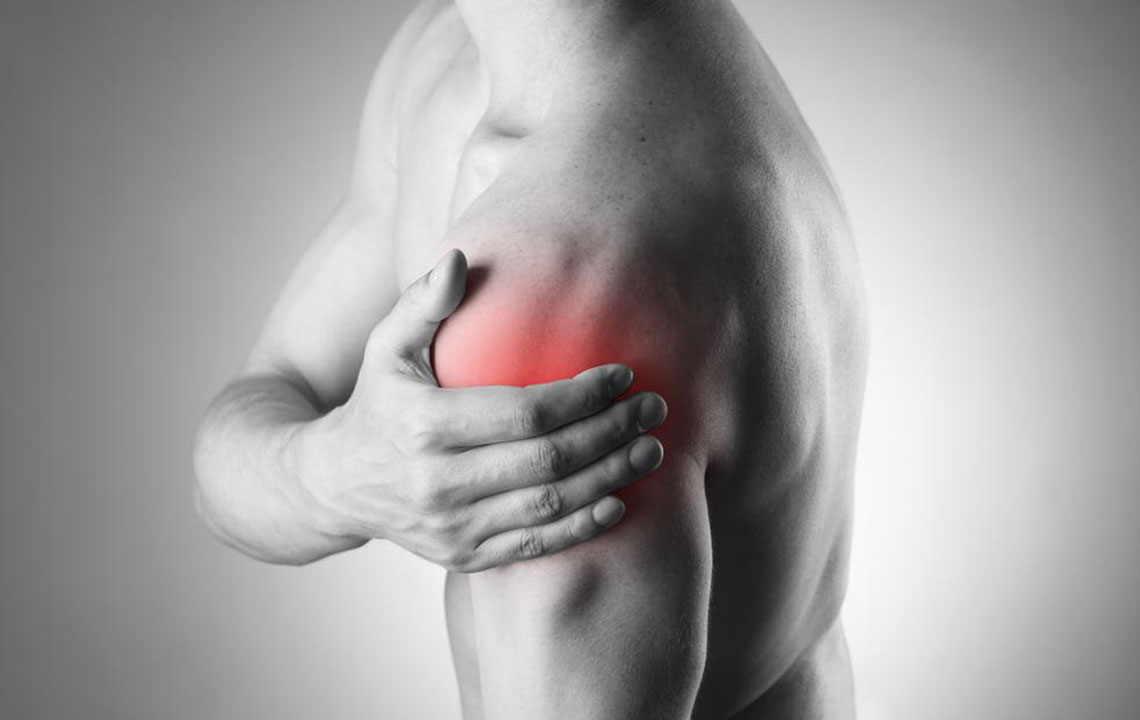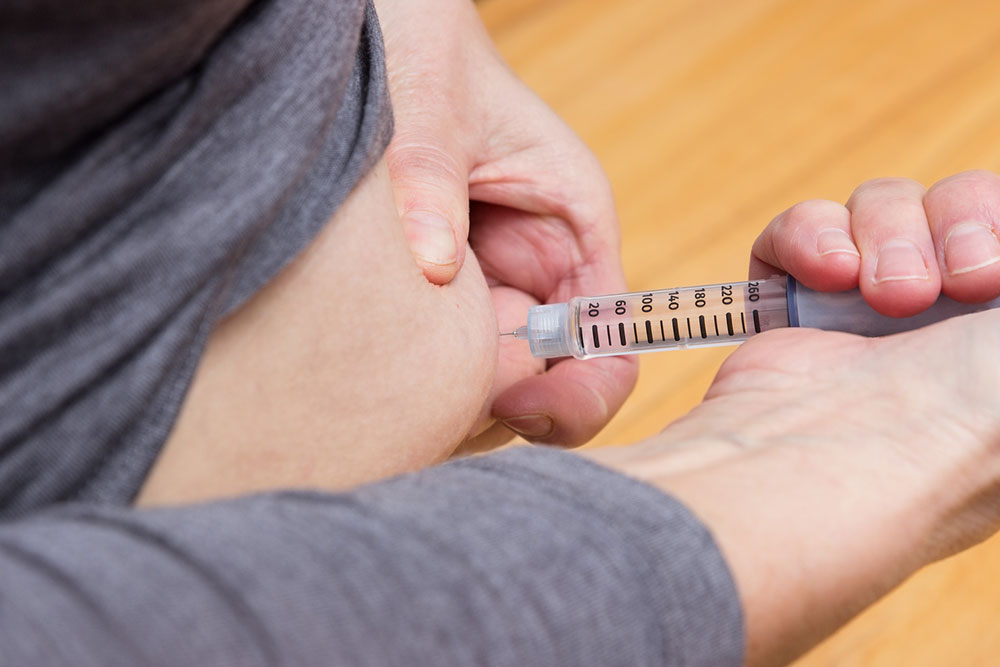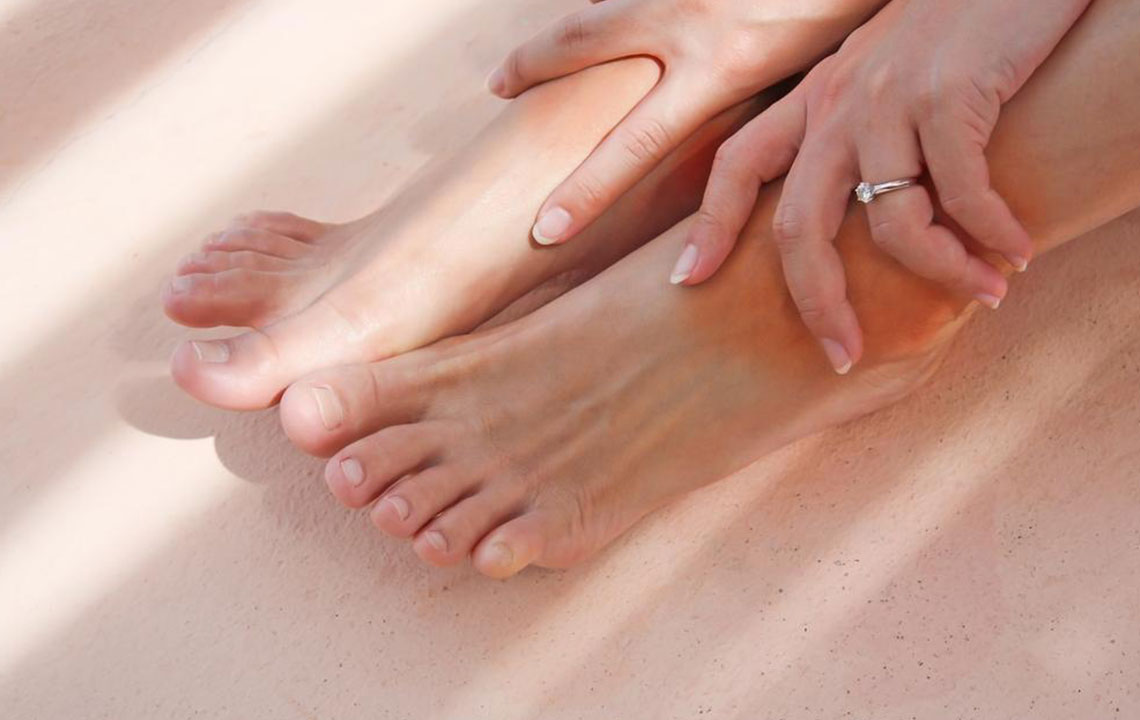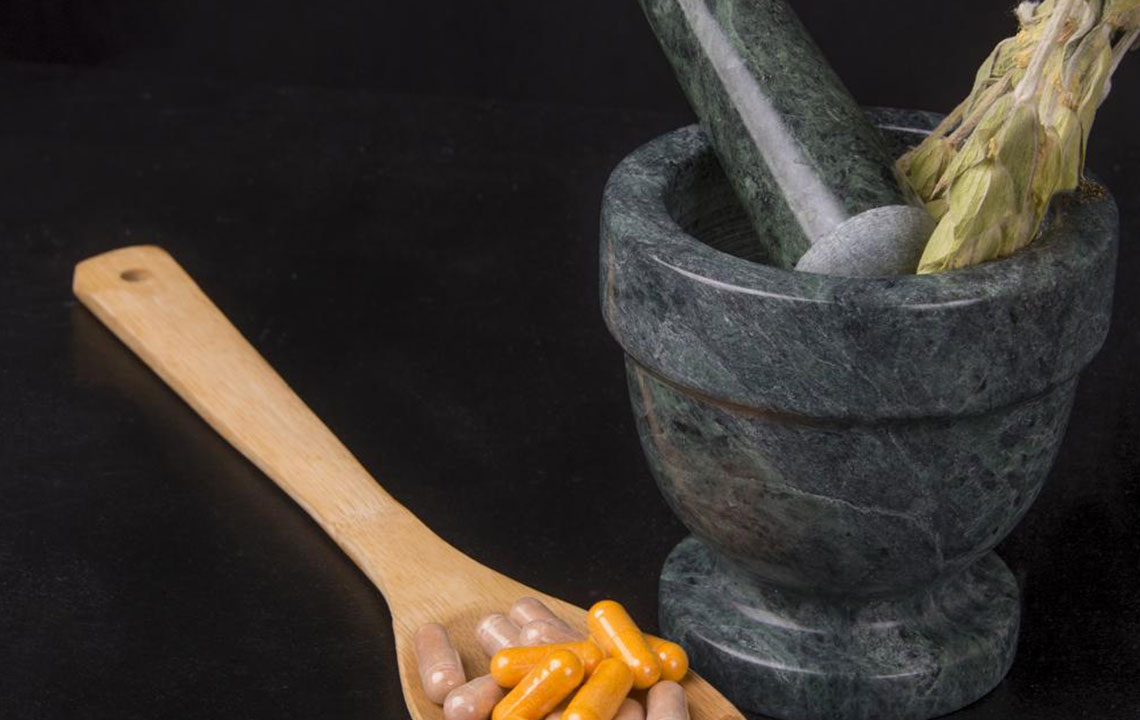Effective Strategies for Managing Frozen Shoulder
Discover proven methods for treating frozen shoulder, including medication, physical therapy, injections, and lifestyle changes. Learn how early intervention and consistent exercises can speed up recovery and restore shoulder mobility effectively.

Effective Strategies for Managing Frozen Shoulder
Frozen shoulder, medically known as adhesive capsulitis, is characterized by shoulder pain, stiffness, and limited mobility. It often results from overuse, injury, or underlying health issues such as stroke or diabetes. The condition involves stiffening of tissue surrounding the shoulder joint and scar tissue formation, leading to painful and restricted movements. It develops gradually, typically resolving over a year.
Primary causes of frozen shoulder
Limited shoulder use due to injury, pain, or significant illnesses like stroke or diabetes increases the risk. Without maintaining full motion, the shoulder can become stiff. Chronic health conditions and age between 40-70 years are common factors, with women, especially postmenopausal women, more prone to the condition.
Approaches to frozen shoulder treatment
The goal is to manage pain and restore shoulder mobility. Over-the-counter pain medications, such as aspirin and ibuprofen, help reduce inflammation and discomfort. Severe cases may require stronger drugs under medical supervision.
Diagnosis process
Doctors suspect frozen shoulder when physical exams reveal restricted movement. X-rays are used to rule out fractures or arthritis.
Therapeutic options for recovery
Initial treatment involves anti-inflammatory medications, heat therapy, gentle stretching, and ice packs. Corticosteroid injections can alleviate swelling and pain. Physical therapy enhances joint flexibility through prescribed exercises, which are vital for recovery.
Injections
Persistent symptoms may warrant corticosteroid injections, which significantly reduce pain and improve movement early on. Full recovery may take 12-18 months.
Joint distension
Injecting sterile water into the joint capsule stretches tissues, easing movement.
Shoulder manipulation
Under anesthesia, the shoulder is moved in multiple directions to loosen tight tissues, improving mobility.
Surgical intervention
In rare cases, surgery is performed to remove adhesions and scar tissue when other treatments fail. Small instruments are used through minimal incisions to restore function.
Home remedies and lifestyle modifications
Active movement within pain limits is essential. Applying heat or cold can provide relief. Acupuncture may be beneficial, involving gentle needle insertion at specific points. TENS therapy, which uses electrical stimulation, can also help reduce pain by releasing endorphins and blocking pain signals.
Early medical consultation and consistent physical activity are crucial for effective recovery. Proper diagnosis and personalized treatment plans optimize outcomes and minimize the risk of prolonged stiffness.









